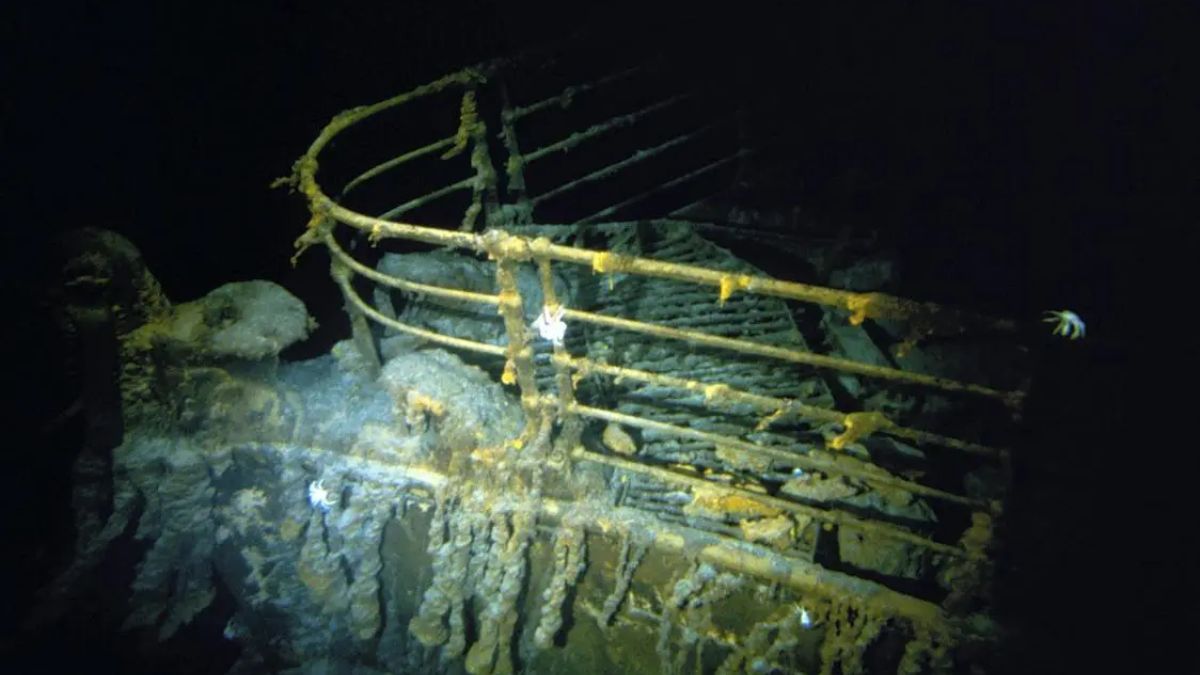RMS Titanic, one of the most luxurious ships of the 20th century, sank in 1912, leaving behind no traces. It took 70 years to locate the ruins of the luxury cruise, but a team of oceanographers and divers located the ruins on September 1, 1985.
If you are a history geek who loves to learn about important events from the past, Firstpost Explainers’ ongoing series, History Today , will be your one-stop destination to explore key events.
On this day in 1939, Germany launched a full-scale invasion of Poland, which marked the beginning of World War II.
Here is all that happened on this day.
The wreck of Titanic was found
The wreck of the RMS Titanic, the world’s most famous sunken ship, was discovered on the floor of the North Atlantic Ocean on August 1, 1985. The discovery was made by a Franco-American expedition led by oceanographer Dr Robert Ballard and French diving engineer Jean-Louis Michel, using advanced undersea technology.
The Titanic, once hailed as ‘unsinkable,’ tragically went down on April 15, 1912 , after striking an iceberg during its maiden voyage from Southampton to New York City. Of the more than 2,200 passengers and crew on board, over 1,500 lost their lives, making it one of history’s deadliest maritime disasters. For decades, its final resting place remained a mystery, fuelling myths, books, and films about its fate.
Ballard’s team used Argo, a deep-sea submersible equipped with cameras, to scan the seabed nearly 12,500 feet below the surface. They located the wreck about 370 miles south-southeast of Newfoundland, Canada. The ship had split into two main sections, surrounded by a vast debris field of personal belongings, machinery, and remnants of luxury items that once defined the liner’s grandeur.
The discovery captivated the world, sparking renewed interest in the Titanic’s history and its human stories of tragedy and heroism. It also transformed deep-sea exploration, proving that new technologies could uncover mysteries hidden miles beneath the ocean.
Germany invaded Poland
It was on this day in 1939 that Germany began invading Poland, marking the beginning of World War II. At dawn, German forces crossed the Polish border by land, sea, and air in a coordinated blitzkrieg, or “lightning war,” strategy that stunned the world.
The assault began with the shelling of the Polish garrison at Westerplatte, near Gdańsk, by the German battleship Schleswig-Holstein. Simultaneously, Luftwaffe planes bombed Polish cities, railways, and communication lines, crippling the country’s defences. Over one and a half million German troops, supported by tanks and aircraft, swept into Poland from three directions, north from East Prussia, west from Germany, and south from Slovakia.
The Polish army fought valiantly but was overwhelmed by the sheer speed and power of the German advance. Despite having over a million soldiers, the Polish military was less mechanised and relied heavily on infantry and cavalry. Within weeks, major cities including Kraków, Łódź, and Warsaw were under attack . On September 17, 1939, the Soviet Union invaded Poland from the east under a secret agreement with Germany, effectively sealing the country’s fate.
The invasion triggered immediate global consequences. On September 3, 1939, Britain and France declared war on Germany, honouring their pledges to defend Poland. This transformed a regional conflict into a full-scale world war. Poland, however, was quickly overrun, and by early October, it was divided between Nazi Germany and the Soviet Union.
This Day, That Year
In 1972, Bobby Fischer defeated Boris Spassky to become the first native-born American to hold the title of world chess champion.
Australia, New Zealand, and the United States signed the ANZUS Pact in 1951.
The last known passenger pigeon died in the Cincinnati (Ohio) Zoo in 1914.


)

)
)
)
)
)
)
)
)



